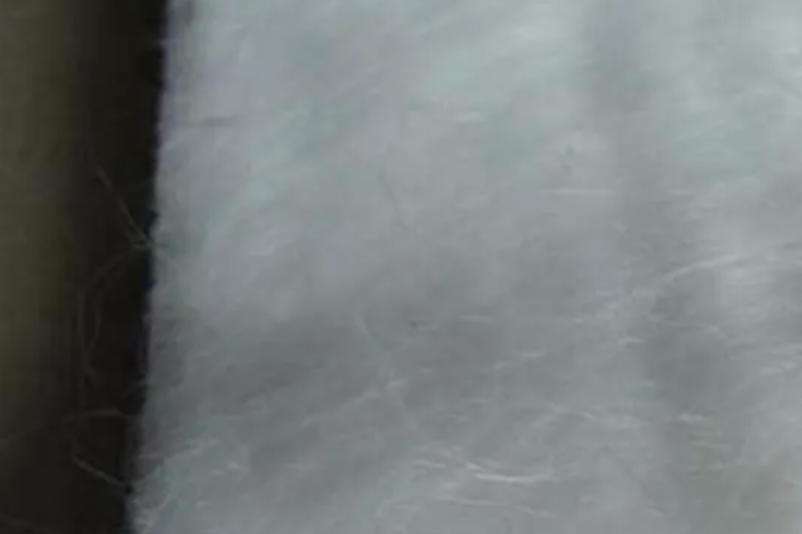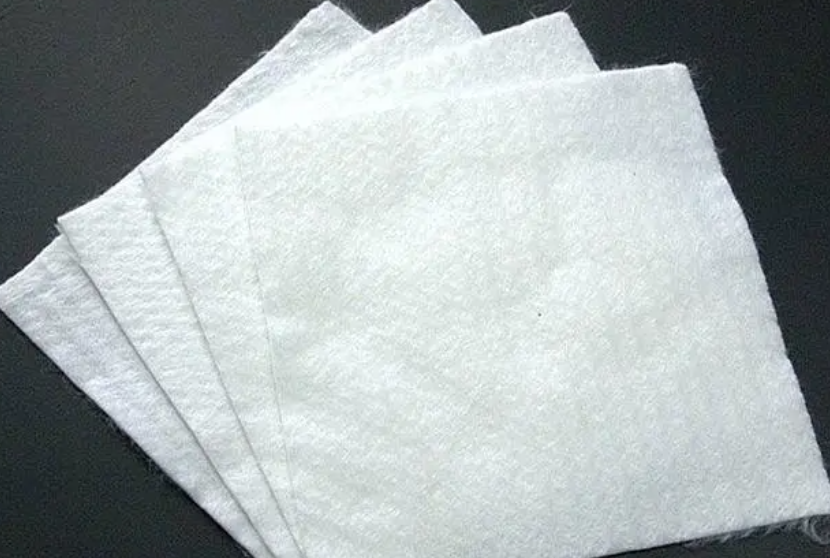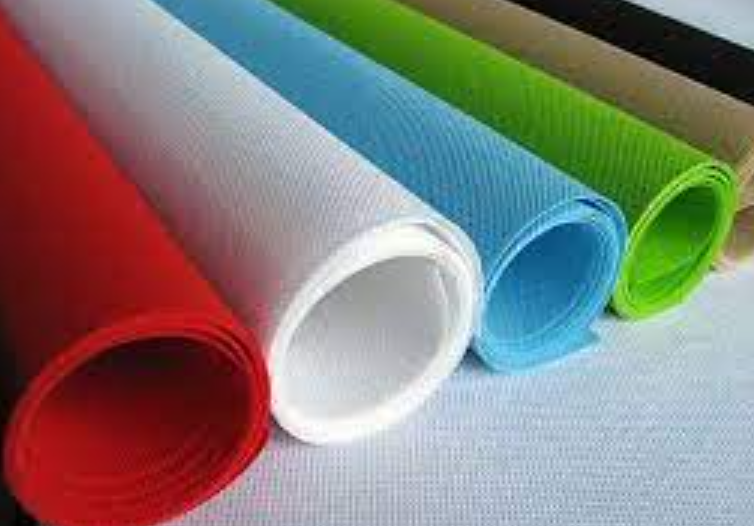- Understanding the Role of Geomembrane Liners in Waste Management
- Innovations in Geomembrane Liners for Water Management
- Geomembrane Liners: A Comprehensive Guide
- The Future of Geomembrane Liners in Civil Engineering
- Geomembrane Liners: Enhancing Landfill Stability
Manager:
WhatsApp:+86 177 0135 2670
Tel:+86 177 0135 2670
Email:marketing@okorder.com
Address:3rd Floor, No.2 Building, No.1 Sanlihe Road
What is the difference between geotextiles and non-woven fabrics?
Geotextiles and Non-woven fabrics are two common geosynthetic materials that are widely used in the engineering field. Although they have certain similarities in some aspects, there are also obvious differences in many aspects. The following will introduce the differences between geotextiles and non-woven fabrics in detail in terms of material properties, uses, production processes, etc.

Material properties
1. Geotextile
Geotextile is a geosynthetic material made of polypropylene, polyester, polyamide and other polymer compounds as the main raw materials, and processed through spinning, weaving or needle punching. It has high strength, wear resistance, corrosion resistance, anti-aging and other characteristics. It also has good water permeability and filtering properties, which can effectively prevent soil erosion and loss.
2. Non-woven fabric
Non-woven fabric is a non-woven fabric made of fiber materials processed through a certain process. Its fiber material can be natural fibers, such as cotton, linen, silk, etc., or chemical fibers, such as polyester, polypropylene, etc. Non-woven fabrics are lightweight, soft, breathable, and hygroscopic. They also have certain strength and durability.

Use
1. Geotextiles
Geotextiles are mainly used for reinforcement, isolation, filtering, drainage and other functions in civil engineering. It can be used for soil reinforcement and protection in embankments, river banks, reservoirs, roads, bridges and other projects to prevent soil erosion and loss. At the same time, geotextiles can also be used in foundation treatment, basement waterproofing, landfill and other projects to improve the stability and durability of the project.
2. Non-woven fabrics
Non-woven fabrics are widely used in health, medical, home furnishing, packaging and other fields. In the health field, non-woven fabrics are mainly used to make medical and health products such as surgical gowns, masks, and sanitary napkins. In the home furnishing field, non-woven fabrics are often used to make household items such as curtains, sofa covers, and bed sheets. In addition, non-woven fabrics can also be used in packaging, agriculture, construction and other fields, such as making insulation materials, waterproof materials, etc.

Production process
1. Geotextile
The production process of geotextile mainly includes spinning, weaving and needle punching. Among them, the textile process is to weave fiber materials into cloth through a loom; the weaving process is to weave fiber materials into a mesh structure; and the acupuncture process is to process fiber materials into cloth through needle punching. These processes can make geotextiles have high strength and durability.
2. Non-woven fabrics
The production process of non-woven fabrics mainly includes chemical bonding, thermal bonding, acupuncture and other processes. Among them, chemical bonding is to bond fiber materials together through chemical adhesives; thermal bonding is to heat fiber materials to melt and bond them; and acupuncture technology is to needle-punch fiber materials into cloth. These processes can make non-woven fabrics have a certain degree of strength and durability.
To sum up, although geotextiles and non-woven fabrics are both geosynthetic materials, they have obvious differences in material properties, uses and production processes. In actual applications, appropriate materials should be selected according to specific project needs and uses to ensure the safety and stability of the project.
- Previous:HDPE geomembrane specifications, models and technical parameters
- Next:Application and development of geotextiles






